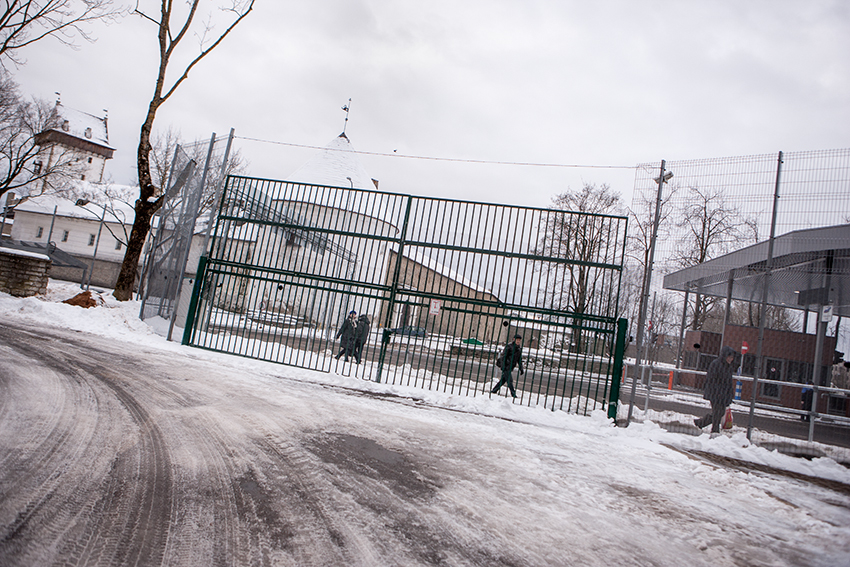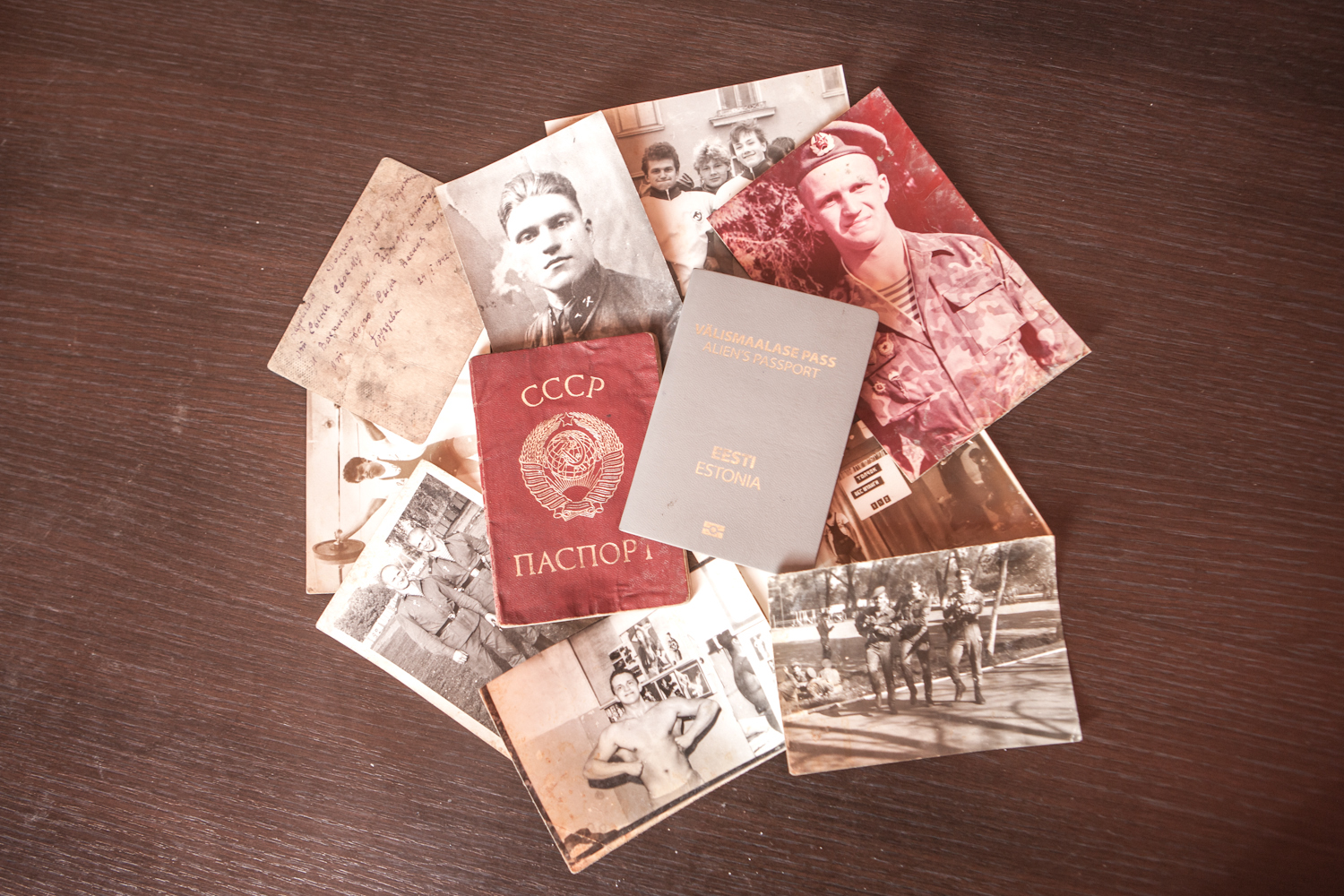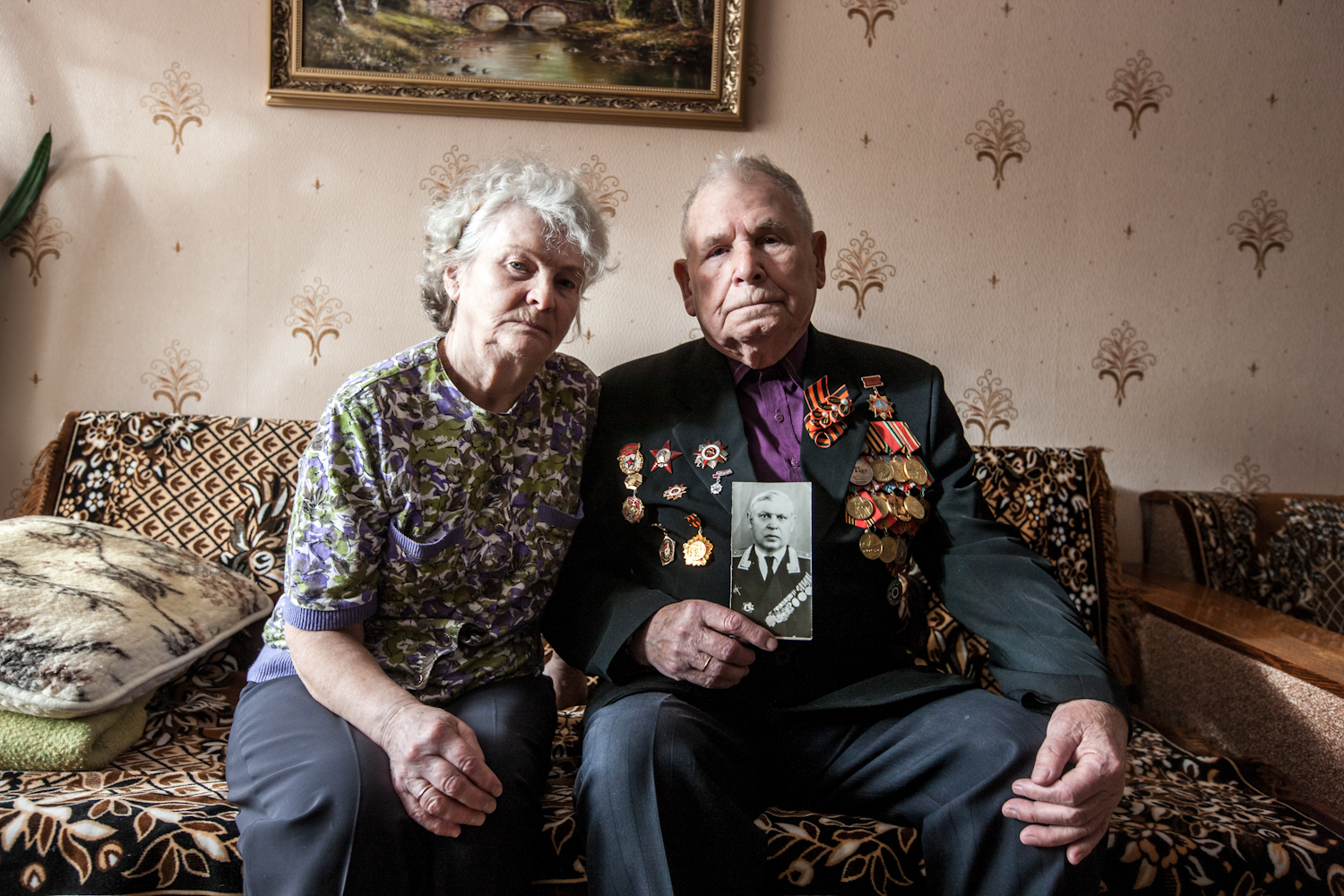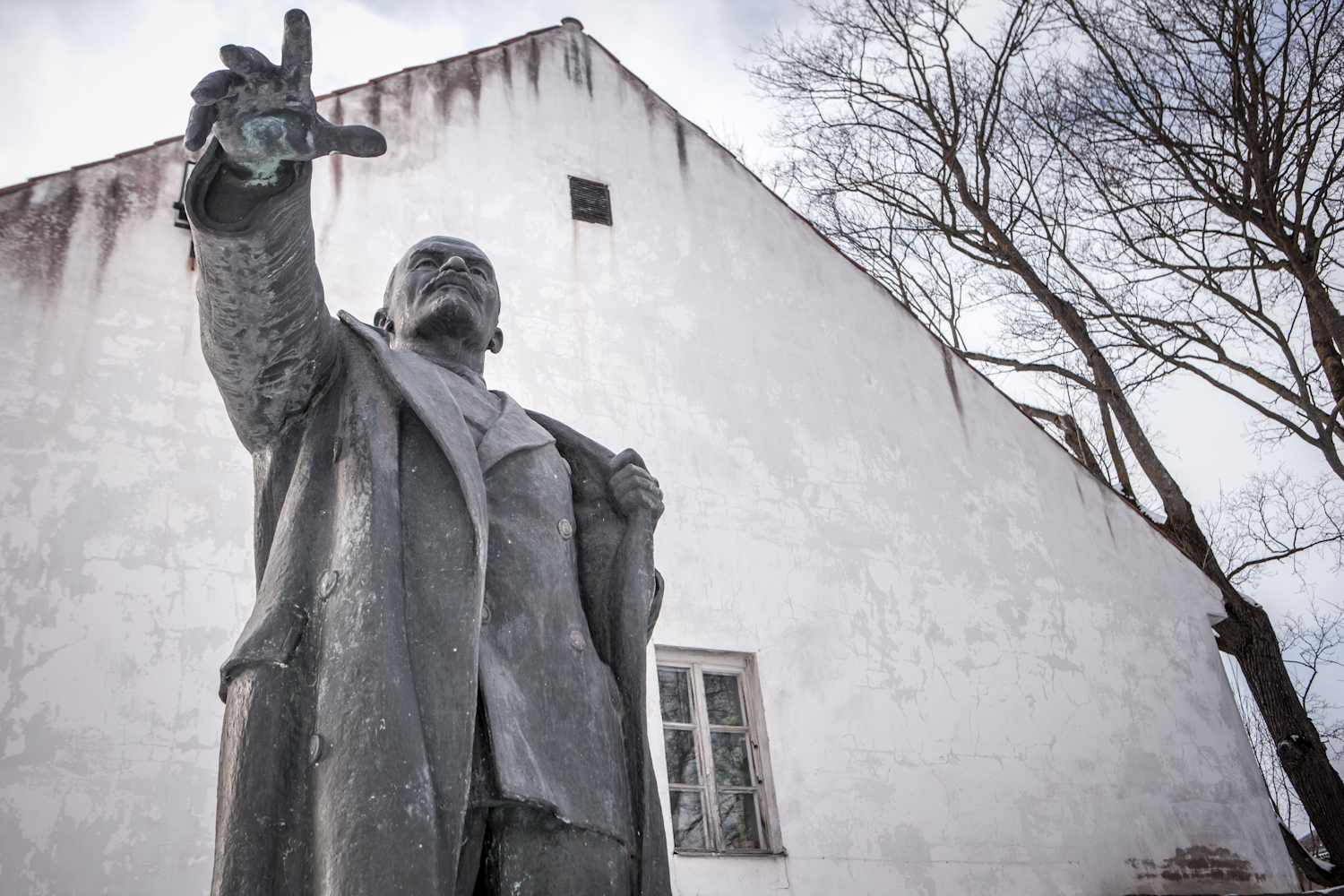Frozen Identity

-
PhotographerErik Messori
-
Agency / StudioCAPTA
FROZEN IDENTITY By Erik Messori/CAPTA Stateless. Someone whose roots have been taken away. Alien resident. Becoming a stranger from the outside without even crossing borders. Grey passport citizen. Not belonging to any country and being left out of political life in a place you live in. You go to sleep as a citizen and wake up in the morning as a complete foreigner in a country you have lived your whole life. In the 1950s, the Soviet government sent millions of people to the outskirts of the USSR to expand local workforces. Whole new industrial towns were raised in North-eastern Estonia at places such as Kohtla-Järve, Narva, Sillamäe and Avinurme. People of all professions – mainly blue-collar mine workers, but also specialist engineers from all over the Soviet Union – were sent there to work. After the USSR collapsed in 1991, 25 million ethnic Russians were left outside the borders of their origin. In the words of a popular propaganda song “my address is not the street name and the house number, my address is the Soviet Unionâ€, so when communism fell, those people lost their home and status as a legal citizen. The paradox was that many of these people had been born on Estonian SSR territory and lived there all their lives, but the actual country they were raised in was the USSR. Today out of Estonia’s 1.3 million people, a quarter is Russian –330,000 people. Among them 7.5%, or about 100,000 people, remain stateless citizens in Estonia. When the USSR fell, Estonian citizenship was granted in the first place for the successor of the ancestors living in the 1st republic of Estonia during 1918-1940. First migrated generations coming after and everyone who was born before re-independence got stuck in this gray (passport) zone, which legally made them foreigners, alien citizens. For them, to obtain Estonian citizenship, it was mandatory for them to pass an Estonian language test and the civics examination. For non-citizens, the Estonian language is often difficult to those older than 30, as they grew up living in a Russian-speaking community. This is easier for 3rd generation citizens who went to school in independent Estonia learning both, Estonian and constitution in school. Still injustice and demand for equality are the reasons some of the older citizens refuse to take the examination. They feel insulted by the situation to be asking the citizenship of a country they and their grandparents have been living the whole life. Some bring parallel to Estonia’s president who was born in Sweden and studied in U.S, saying they have lived here more than him. Most of these grey passport citizens are the descendants of Russian grandparents who migrated there for work after World War II from all over the USSR. About half of the community of Estonian Russians live in the capital city, Tallinn. Another residency is still in the industrial areas of northeast Estonia, Ida-Virumaa. Today they work mainly in industrial facilities. With the mine and oil shale industry shrinking many of them have lost their jobs. Mostly having high school level with specific specialisation in this industry makes fairly impossible them to find another job. Unemployment rates in Ida-Virumaa are the nation’s highest, 10.1%. There are around 60 restrictions, which do not allow stateless residents to work in any position in governmental institutions. Citizens-only positions are in parliament, court, auditors chancellor etc. but also on a local level, like municipality and city council. This leaves stateless citizens out on many chances, even if it is just a wish to be a fire fighter or city office secretary. These remain far-fetched dreams for grey passport citizens. To cope with unemployment one of the chances is working in foreign country. The chances are limited, as grey passport allows them to be abroad no longer than 183 days a year, making it hard to get the long-term contract. Some still go illegally, risking to be victims of fraud and not getting any salary. Three X instead of citizenship in their passports lead to confusion of custom officials when crossing country borders. Sometimes it takes hours long queues, in some cases deportation back as having no citizenship is a legal anomaly. Although grey passport gives the right of visa-free travel to most countries and Russia, finding foreign job or settling down permanently is difficult. Next to legal difficulties there are emotional values, as grey passport citizens consider Estonia as their home. Contradictory to what some locals think, there is no wish among grey passport to settle in Russia. Still for those who have distant relatives living there they do visit Russia often. Visa-free travel to Russia, instead of paying 130 euros a year as EU citizen, is often seen as argument to remain stateless. Although this would be a wish of many in Russian community there can’t be double citizenship in Estonia. *** This citizenship crisis rolled out in the 1991. After national referendum, where 78% of all citizens said „yes“ to be separated from USSR and Estonia redeclared its independency. Chaotic times followed, as official political elite and state began restoring state, still having the Soviet Army, bureaucracy and KGB veterans in its backyard. Challenge of resolving the legal status of people who have migrated there during USSR was not among the most urgent problems facing the nation. That is how authorities came up with what was supposedly a “temporary“ solution, in the form of an Alien's Act under which the grey passports were issued to non-citizens. As time passed the issue was ignored or brushed under the carpet by those who were afraid of the political consequences of re-visiting this awkward issue.
Erik Messori focuses his work on photojournalism and reports on both national and international issues. His professional development has included attending Gianni Berengo Gardin seminars on photography in Milan. Messori’s works have been published in: National Geographic Italia, l'OBS Magazine, The Guardian, Herald Sun, Daily Telegraph, Der Spiegel, CNN, Wired Magazine Italia, SDZ, Days Japan, Vision Magazine, Private Magazine, Corriere della Sera, La Stampa, Le Journal de la Photographie, Photojournale, The Australian, Out of Focus Magazine.






